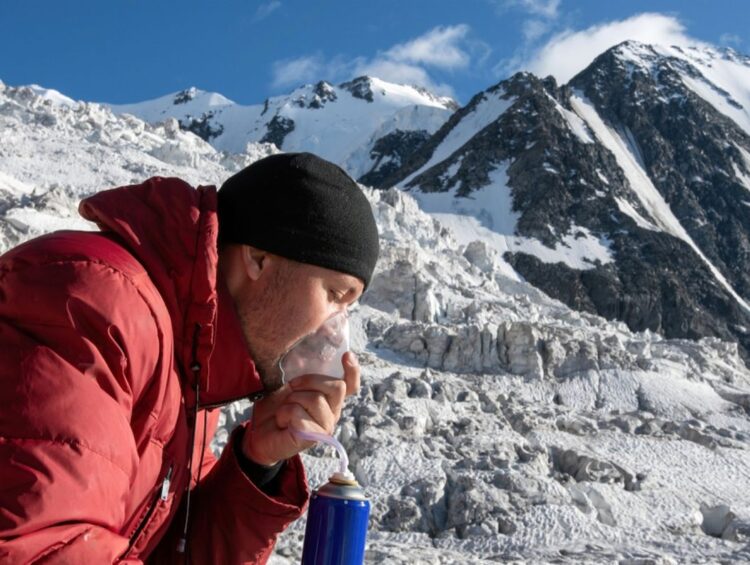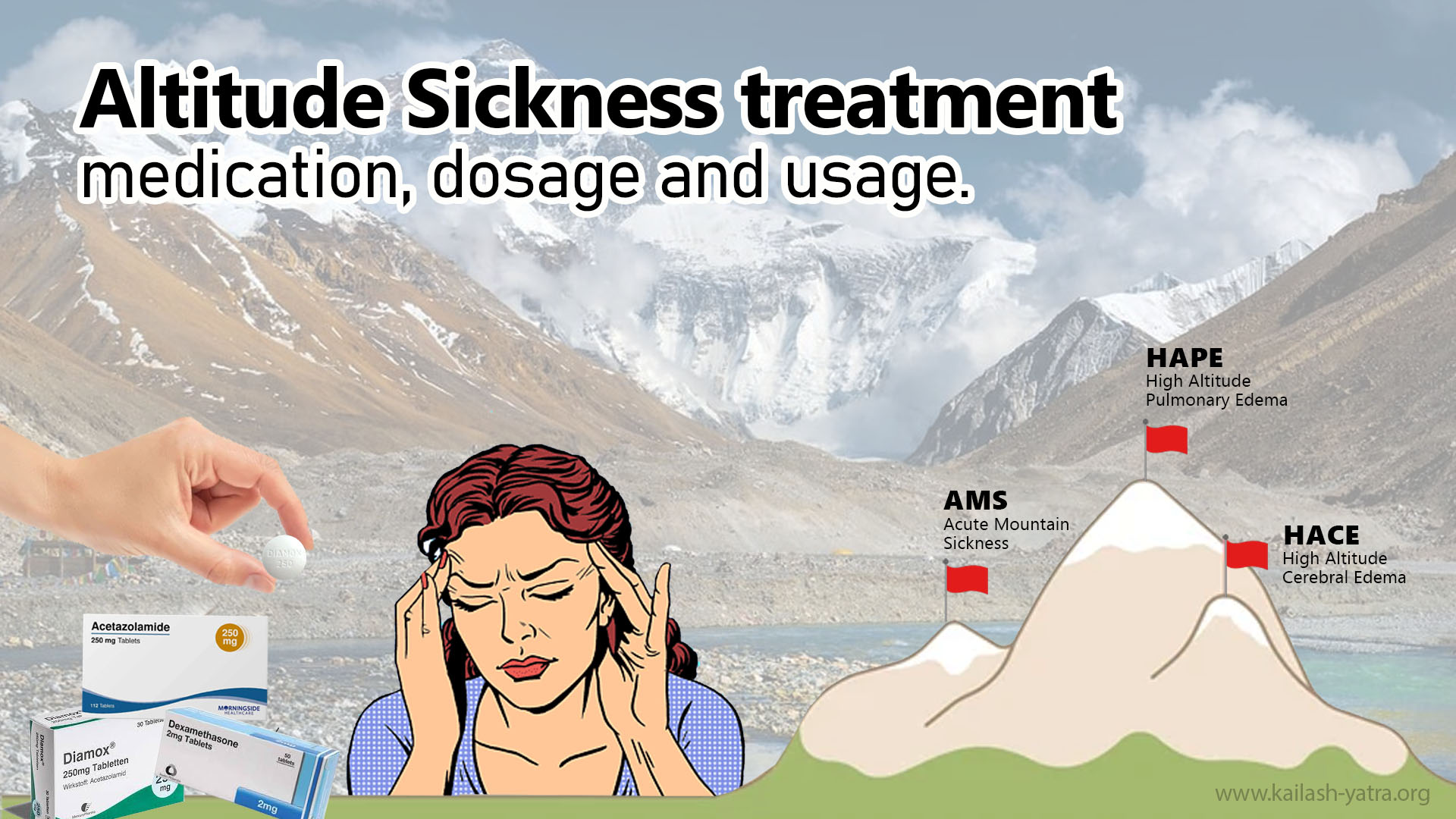Nepal is a paradise for trekkers, offering breathtaking landscapes and iconic trails like the Everest Base Camp and Annapurna Circuit. However, the stunning heights come with a challenge: altitude sickness in Nepal. Understanding how to prevent, recognize, and manage this condition is crucial for a safe and enjoyable trekking experience in the Himalayas.
What Is Altitude Sickness and Why Is It Common in Nepal?
Altitude sickness, also known as acute mountain sickness (AMS), occurs when your body struggles to adapt to lower oxygen levels at higher elevations. With Nepal’s trekking trails reaching altitudes above 4,000 meters (13,000 feet), conditions like high-altitude sickness in Nepal are common, especially for unprepared travelers.
Symptoms of Altitude Sickness in Nepal
Recognizing the early signs of altitude sickness can save your trek from turning into a nightmare. Symptoms range from mild discomfort to severe, life-threatening conditions.
Common Symptoms:
- Mild Symptoms: Headache, dizziness, nausea, fatigue, and shortness of breath.
- Moderate Symptoms: Difficulty sleeping, loss of appetite, vomiting, and persistent headache.
- Severe Symptoms: Confusion, inability to walk, and fluid build-up in the lungs (High-Altitude Pulmonary Edema) or brain (High-Altitude Cerebral Edema).
If symptoms worsen, it’s essential to seek immediate altitude sickness treatment in Nepal or descend to a lower altitude.
Preventing Altitude Sickness in Nepal
The best way to enjoy trekking in Nepal is by preventing altitude sickness before it strikes.
1. Gradual Acclimatization
Acclimatization is key to avoiding altitude sickness. Spend a day or two at intermediate elevations before trekking higher. Popular routes like the Everest Base Camp have built-in acclimatization days to help trekkers adjust.
2. Stay Hydrated
Dehydration worsens altitude sickness. Drink at least 3-4 liters of water daily, but avoid alcohol and caffeine, which can exacerbate dehydration.
3. Ascend Slowly
Climbing too fast is one of the leading causes of trekking altitude sickness in Nepal. Follow the “climb high, sleep low” rule to allow your body to adjust gradually.
4. Take Preventive Medications
Medications like Diamox (Acetazolamide) can help prevent AMS by increasing oxygen levels in your blood. Consult your doctor before your trek for advice on altitude sickness medications for Nepal.
5. Maintain a Balanced Diet
Eat light, carbohydrate-rich meals to maintain energy levels and aid digestion at high altitudes.
Altitude Sickness Treatment in Nepal
If symptoms of altitude sickness occur, it’s important to act promptly to avoid complications.
Immediate Steps:
- Stop Ascending: Rest at your current altitude or descend if symptoms worsen.
- Hydration and Oxygen: Drink fluids, and if available, use supplemental oxygen.
- Medications: Take prescribed medications like Diamox or pain relievers for mild symptoms.
Severe Cases:
For severe conditions like HAPE or HACE, immediate evacuation is necessary. Trekkers can use helicopters or rescue services to reach medical facilities in Nepal’s cities. Always ensure your travel insurance covers high-altitude trekking emergencies.
Acclimatization in Nepal: Tips for a Smooth Adjustment
Proper acclimatization is your best defense against altitude sickness in Nepal.
1. Plan Rest Days
Incorporate acclimatization days into your trekking itinerary. For example, spend extra nights at Namche Bazaar while trekking to Everest Base Camp.
2. Monitor Your Body
Track how your body reacts to altitude changes. Pay attention to symptoms like persistent headaches or difficulty breathing.
3. Stay Warm
Cold temperatures can compound altitude sickness symptoms. Layer your clothing to stay warm, especially at night.
4. Follow Local Advice
Experienced guides and locals are well-versed in managing high-altitude sickness in Nepal. Listen to their recommendations on pacing and hydration.
Everest Base Camp Altitude Sickness: What You Need to Know
The Everest Base Camp trek is one of Nepal’s most iconic adventures, but it’s also notorious for causing altitude sickness due to its high elevations.
Key Challenges:
- Namche Bazaar (3,440m): The first major acclimatization point.
- Lobuche (4,940m): Common for trekkers to feel mild symptoms.
- Gorak Shep and Everest Base Camp (5,364m): High risk for severe symptoms without proper acclimatization.
To avoid Everest Base Camp altitude sickness, follow your guide’s instructions, stay hydrated, and adhere to acclimatization schedules.
Natural Remedies for Altitude Sickness in Nepal
While medications are effective, some trekkers prefer natural remedies to alleviate mild symptoms of altitude sickness.
1. Garlic and Ginger
Consuming garlic soup or ginger tea is a common home remedy to improve circulation and reduce headaches.
2. Herbal Teas
Locally sourced teas like Seabuckthorn Tea or Rhododendron Tea are known for their antioxidant properties and may help reduce symptoms.
3. Breathing Exercises
Deep breathing techniques can help increase oxygen intake and reduce dizziness.
Remember, natural remedies are not substitutes for professional medical treatment in severe cases.
Avoiding Altitude Sickness While Trekking
Proper preparation and precautions can help you avoid altitude sickness while trekking in Nepal.
1. Pre-Trek Fitness
Build stamina and lung capacity through cardio exercises and altitude training before your trek.
2. Gear Checklist
- Hydration Pack: Ensures you drink enough water throughout the day.
- Oximeter: Monitors oxygen levels in your blood.
- Warm Clothing: Layers to combat cold weather at higher elevations.
3. Hire an Experienced Guide
Local guides are essential for navigating difficult terrains and managing altitude risks.
High-Altitude Travel Tips for Nepal
Traveling at high altitudes doesn’t have to be daunting. These high-altitude travel tips for Nepal will help you stay prepared and confident:
- Know the Risks: Research the elevation levels of your trekking route.
- Pack Smart: Bring essential medications, snacks, and trekking gear.
- Join Group Treks: Group trekking allows for shared experiences and immediate support in case of emergencies.
What to Do If You Get Altitude Sickness in Nepal
If you experience symptoms of altitude sickness in Nepal, follow these steps:
- Rest and Reassess: Take a break and hydrate.
- Communicate: Inform your guide or trekking companions.
- Descend: Descending by even 300-500 meters can alleviate symptoms significantly.
- Evacuation: In severe cases, arrange for a helicopter evacuation to a medical facility.
Conclusion: Stay Safe and Enjoy Trekking in Nepal
Dealing with altitude sickness in Nepal is a manageable challenge with the right preparation and mindset. Whether you’re trekking to Everest Base Camp or exploring other high-altitude destinations, understanding the risks, symptoms, and preventive measures is essential for a successful journey.
By staying informed, acclimatizing properly, and seeking treatment when necessary, you can enjoy Nepal’s stunning landscapes and vibrant culture without compromising your health. Prepare well, listen to your body, and embrace the adventure of a lifetime in the majestic Himalayas!




